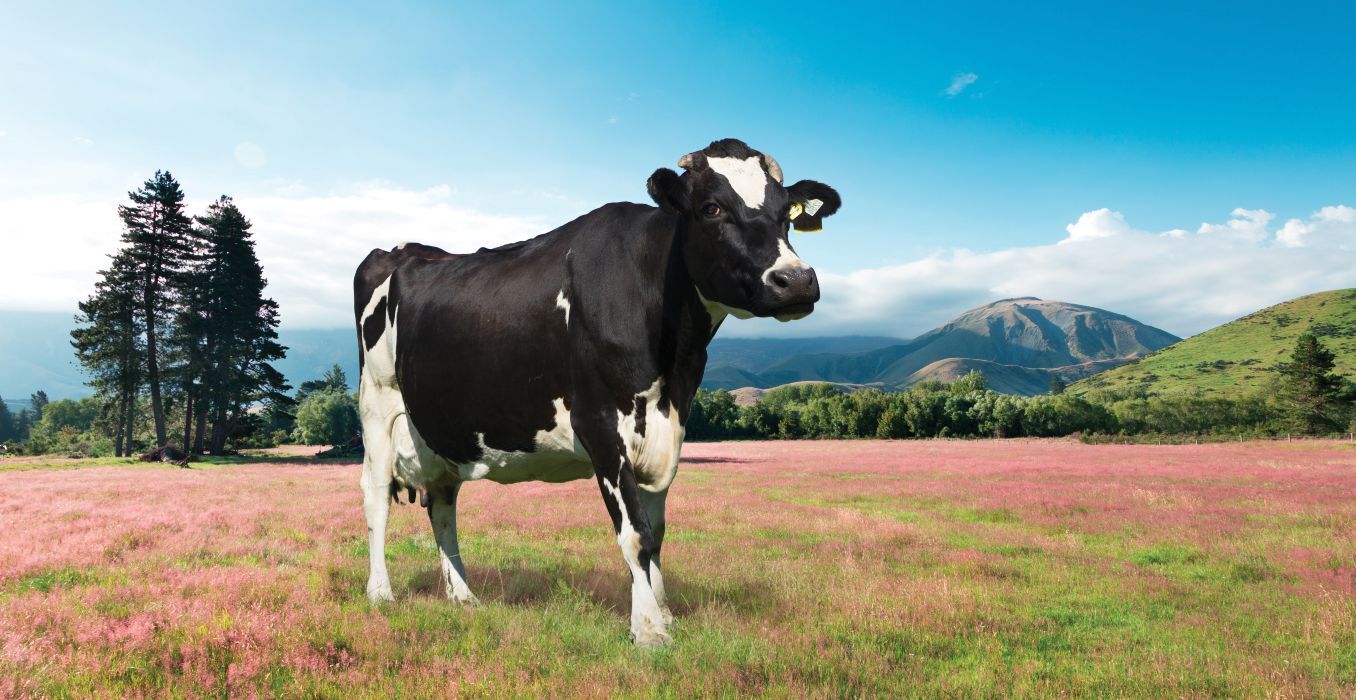
Rural -
Scarcity of national dairy platform underpins values
Scarcity of the national dairy platform and a buyer focus on quality farms continue to underpin firmer dairy land values through a period of lower farm returns and rising costs.
Bayleys' latest dairy market insight report highlights how a plateauing in the total dairy milking platform nationally is now playing through to continuing confidence in land values, despite a significant lift in interest rates and farm operating costs this season.
“For almost a decade now New Zealand has faced increasingly tighter limitations on the ability to convert land to dairy. The national dairy platform is now at a maximum and we aren’t ‘making’ anymore dairy farms,” says Bayleys National Rural Director, Nick Hawken.
Buyers are recognising the regional limitations to total dairy land supply and have remained prepared to invest in quality farm operations, particularly in key dairy regions like Waikato, Canterbury, and Southland.
The mid-range value per hectare for Waikato’s land values for the 12 months to 31 March 2024 of $36,425 to $61,580 varies little from the prior year values. Canterbury and Southland also report similar values between the two years, particularly the upper end of the midrange value per hectare. Between them these three areas account for almost 60% of all dairy land sales during the same period.
Mark Dawe, General Manager for Bayleys Waikato says the region’s proven record as a consistent, established dairy region has kept values up consistently, through thick and thin.
“We are finding our tier 1 and even some tier 2 dairy properties that have been looked after, are still being sought after. They may not be the peak they were a few years back, but still afford good value and we have cash buyers looking for specific farms, prepared to pay tier 1 values, but only for tier 1 properties.”
Over the past year Waikato has dominated the volume of dairy land transacted, accounting for 26% of the total 19,762ha sold, followed by Southland at 23% and Taranaki at 11%. Canterbury and Northland accounted for 8% of sales area each.
Shay Moseby, of Country & Co, Bayleys Southland says tier 1 properties in central Southland are as hard to come by as they are coveted by buyers, with values in the mid $40,000 per hectare attainable.
“But buyers are also paying close attention to farm infrastructure. After the many dairy conversions going back 20 or so years, in some cases the infrastructure is coming to the end of its life and needs money spent.
“Buyers are costing that into their valuations at purchase, whether it is the dairy shed, or the housing, something they would not have looked as closely at 5-10 years ago.”
He says good infrastructure is valued for the appeal it holds for attracting and keeping staff, as much as to the farm’s underlying productivity.
Ben Turner, Bayleys agent for Canterbury says the maturing of the dairy industry is becoming very apparent in a region where the top end of the mid-point for dairy properties has moved little in the past few years.
“Typically, those tier 1 properties that have good consents for water application and meet all their environmental requirements will sell well in that range of $46,000 to $54,000 a hectare.”
Those outside that tier will typically face some discounting pressure depending on what limitations they have upon their physical properties, water access or infrastructure quality.
"In a way that price stability is really driving confidence in buyers in the dairy sector. They see that a sign of maturity and certainty in the industry, with valuations that rightly reflect the returns that can be generated from it.”
Bayleys has also identified purchaser expectations around farm environmental standards remains a high priority at transaction time. Mark Dawe says buyer awareness about a farm’s environmental standards and requirements are far more advanced than even five years ago.
“And those environmental demands do vary quite a bit within the region, depending on particular catchments and locations.”
Shay Moseby says Southland buyers have been well tuned into environmental regulation and expectation for some years now.
“But the key issue is to check your consents prior to selling and ensure they have more than just a year or two to run, otherwise they should get them renewed.”
Meantime consolidation of smaller dairy farms in traditional dairying regions like Taranaki and Waikato is expected to continue, and Mark Dawe says in Waikato, they are less likely to be sold into sheep and goat milking operations. This means these properties are more likely to be better suited for dairy support and grazing.
“And this is applying to units right up to 60-70ha. While they may still have an old, functioning herringbone dairy shed them, they are more likely to go as a support platform.”
He says it reflects the continuing trend for ‘big getting bigger’, in terms of milking platform size. It is a similar story in Southland. Shay Moseby says a good quality smaller dairy unit that may have milked 200 cows is likely to transact for a value close to a larger milking platform, given its value as a support unit, or capability of being included into a larger platform.